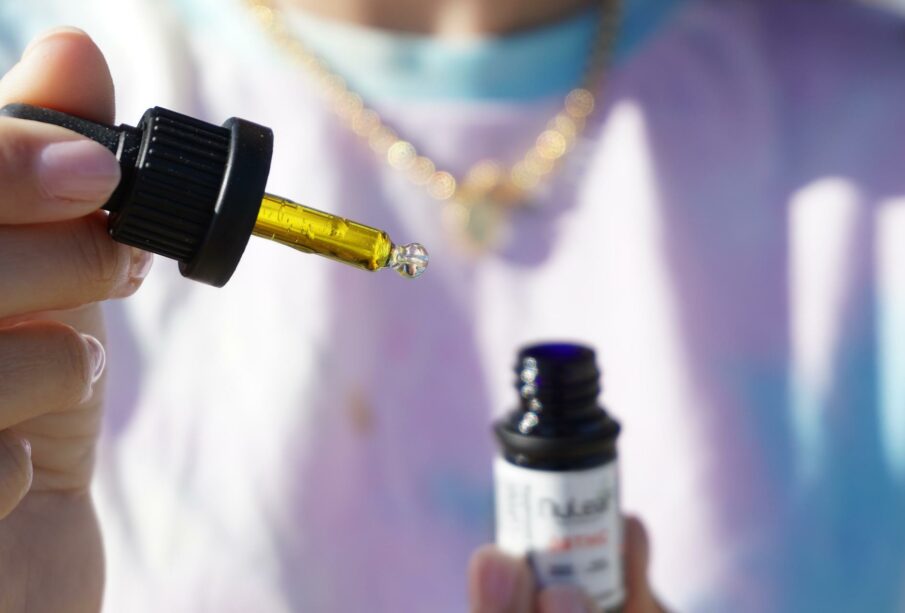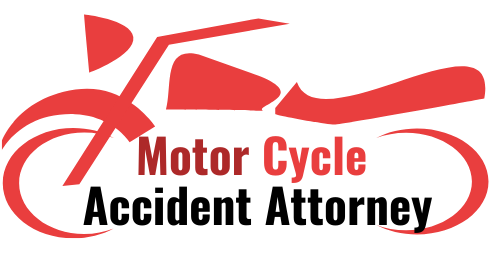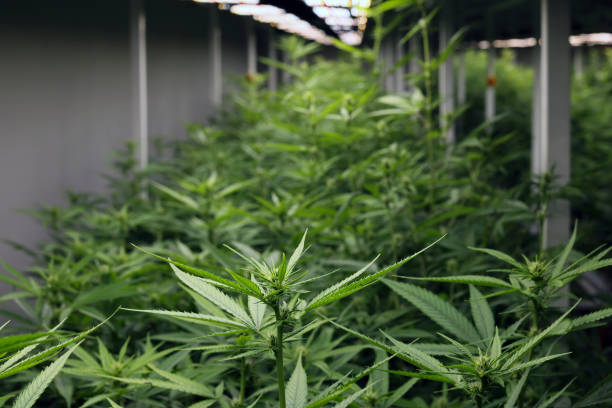How Much Do You Know about Delta 8 Regulations

Pixabay
Delta 8 Regulations is the new regulated marijuana law in the State of Colorado, and it is essential to know what you are up against. After all, the law can seem overwhelming if you’ve been charged with a marijuana-related crime. We created this article to give you in-depth information on the law so that your knowledge of the law will be more than adequate when it comes time to go before a judge and jury. So what exactly are Delta 8 Regulations? In short, they’re complicated, but we hope to help mitigate some of that confusion for you by breaking down all the details into smaller bits so that they’re easier to consume.
Delta 8 regulations are the legal limits on THC (tetrahydrocannabinol) that can be present in edibles or marijuana products you buy in a store. Delta 8 regulations have nothing to do with how much marijuana you can have in your possession. It is only meant to regulate the amount of THC your body can ingest at one time. Put, Delta 8 regulations allow you to buy and make edible marijuana without getting high while at the same time restricting the potency of baked goods made with marijuana. Hence, people ingest a safe and predetermined amount of THC.
Why did Colorado pass Delta 8 regulations?
The primary motivation behind the Delta 8 regulation is to promote the safety of marijuana products. Risks associated with using edibles are well known, and actual statistics are rare. However, because edibles are being used by more people in Colorado than any other type of marijuana, it is essential to regulate them in a way that provides the most significant safety for our citizens.
The Delta 8 regulations limit the amount of THC that can be present in products containing 10 milligrams or more of THC. A 10-milligram limit is considered a serving size deemed safe by medical experts and many marijuana advocates. Some people consider the 10-milligram limit as a ‘safe’ level so long as you don’t eat more than one at a time, but others still feel that you are allowed to consume 20 or even 30 milligrams at a time. The lower limit is set so that you know exactly how much THC you’re ingesting. With the information in your hands, you can tell how high you will be when you reach a certain amount of milligrams and make a more informed decision.
How did Delta 8 regulations come about?
The Delta 8 regulation came about after a long debate about whether or not to regulate edibles. The process began in 2010 and was first debated in the state legislature in 2013. Colorado’s Department of Revenue initially proposed a limit of 15 milligrams for edible marijuana products, which would have been the highest limit in the nation at the time. The proposal was met with resistance from both recreational marijuana users and medical marijuana users, who argued that higher limits would make it harder to medicate and take too much risk to their health. For that reason, they opposed any new regulations on edibles. The Colorado Department of Revenue agreed to lower the limit to 10 milligrams. Once this amount was agreed upon, the proposal was sent to Governor Hickenlooper for approval. That same year in 2013, Governor Hickenlooper signed the bill into law and voila! Delta 8 Regulations were born.
Who is affected by Delta 8 Regulations?
Delta 8 regulations affect several people who use or want to use edibles. It changes how marijuana is sold for recreational use and how it’s used for medical purposes.
First off, Delta 8 regulations are the law in Colorado. Anyone found guilty of violating them will be subject to legal sanctions. This means that you cannot purchase edibles, consume them on your person or use them for medical usage and then go about your daily life as if nothing has changed. However, it does not carry over to other states, and you’re still allowed to have and use marijuana in Colorado once the law goes into effect.
How do Delta 8 regulations affect recreational users?
Delta 8 regulations affect recreational users by changing how edibles are sold and regulated for sale. The main incentive for this change was to promote the safety of edibles. Because recreational marijuana users are used to reasonably high THC levels, they began purchasing higher potency products. Before the law took effect, Colorado had no regulations regarding edible THC levels in edibles. That meant people could purchase products with THC levels as high as 100 milligrams or more.
This was causing many problems because edibles are meant to be used in small amounts throughout a period. However, this significantly changed when people began eating more than one edible at once. Although not a great idea from a health standpoint, it also was bad for business. Because businesses were making a lot of profit off high potency edibles and marijuana sales were going up in Colorado, the decision was made to lower the allowable THC levels across all edible products.
Conclusion
The goal of Delta 8 regulations is to promote safety and education. Unfortunately, more people have to be aware of them, but it is a necessary step in the evolution of marijuana laws in America. Delta 8 regulations are not something that you can take lightly. They were the result of a long process that took over two years, which many people argued against. However, those who supported them argued that edibles would not be safe if the limit were higher. With broader availability, consumers would start eating more than one edible at a time and consuming higher amounts of THC, which would significantly increase health risks.











